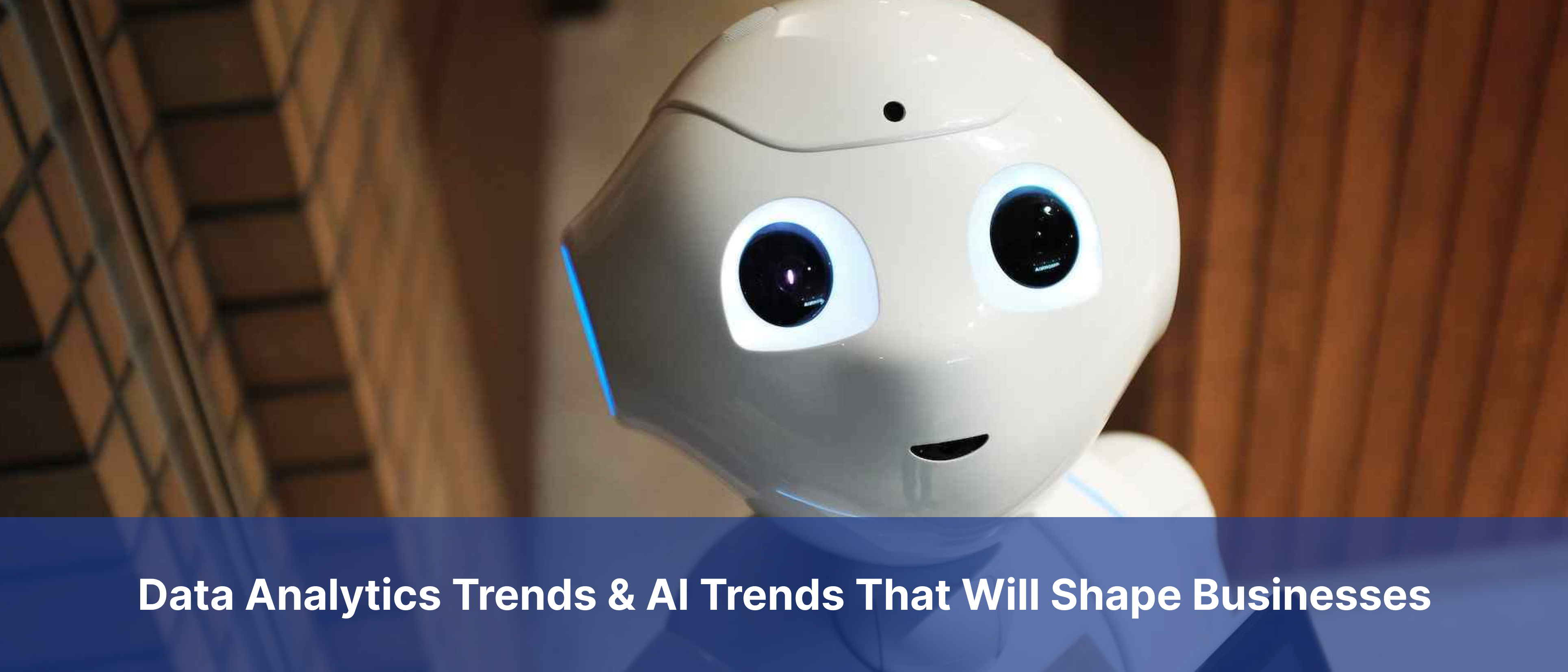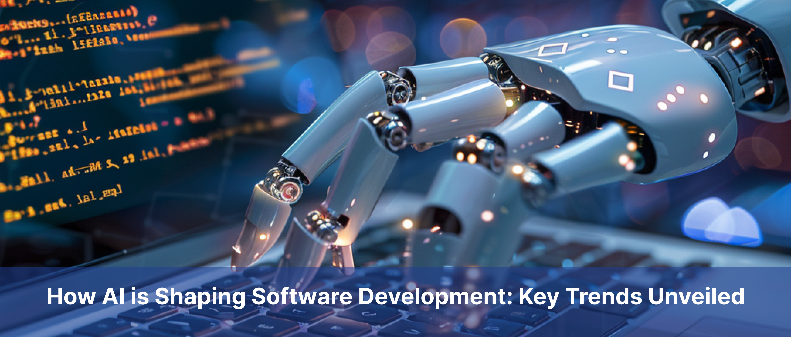As the world continues to become more connected and complex, businesses must adapt to a rapidly changing digital landscape. For example, data analytics is playing an increasingly important role in manyindustries, including healthcare and insurance. The following 7 trends will continue to shape how businesses operate in 2023 and beyond:
Data Analytics Trends and AI: Business Evolution in 2023
1. Data Quality
Data quality is the ability of data to be relevant, accurate, consistent and complete. It's a critical component of data analytics and AI, which rely on accurate information to make decisions. For businesses that use automated systems or predictive models, it’s important for them to have high quality datasets—and this includes both structured (like Excel files) and unstructured data (like images).
Data quality can also impact society as we know it; if there aren't enough high-quality sources available for researchers in order to conduct meaningful research projects then they'll need more funding in order to collect new information from multiple sources rather than relying solely on one source like Google Images or Wikipedia pages where people may not always provide accurate information about themselves or their surroundings.
2. Exponential Innovation
AI is growing at an exponential rate. In fact, it's been growing at a rate of 1.8x every year since 2010. AI will continue to grow, and businesses will be able to take advantage of its power in more ways than ever before.
AI is being used in more industries than ever before. According to Gartner Research data from 2018, there are now more than 5 billion devices connected globally via the internet (up from 4 billion just four years ago). This means that there are new opportunities for companies who want their product or service to reach customers across markets—or even around the world!
3. AI-driven Interaction Management
AI-driven interaction management is a concept that will shape the way people interact with businesses in 2023 and beyond. This is a shift from traditional customer service, which was once driven by humans but has now been automated by AI.
AI can be used to determine the best way to interact with a customer based on their past behavior and preferences. It can also predict what they need before they even ask for it, so you don’t have to waste time or money on reaching out via email or phone call when there is no need for it.
4. Cloud-based Infrastructure
Cloud computing is a model for enabling ubiquitous, convenient, on-demand network access to a shared pool of configurable computing resources (e.g., networks, servers, storage, applications and services)
that can be rapidly provisioned and released with minimal management effort or service provider interaction. Cloud services are accessed over the Internet by way of techniques such as web browsing and software development kit (SDK) interfaces.
Cloud computing is also referred to as hosting or cloud hosting because you don't have to own your own hardware; instead you pay someone else who owns it instead!
5. Cybersecurity
Cybersecurity is a major concern for businesses. Cybercriminals are increasing their efforts to attack businesses, governments and consumers. The cybersecurity industry has grown rapidly over the past decade and will continue to expand as companies become more aware of its importance in their daily operations.
The average company spends about $5 million annually on IT security technology and services, with many spending much more than that amount each year—upwards of $10 million in some cases! As such, there is little doubt that cybersecurity will remain an important aspect of every business's digital strategy moving forward.
6. Data Visualization
Data visualization is a key tool for understanding data. It's also a way to communicate information, find patterns in data, and identify outliers that can help you make informed decisions.
In short: data visualization helps you find trends in your business' performance over time; allows you to gain insights into what makes your customers tick; and gives you an all-around better idea of how things are going at work or home—and what needs fixing or improving before something breaks down completely.
7. Data Governance
Data governance is the practice of ensuring that data is used and shared responsibly. It’s critical for compliance, security and accountability. Data governance can be broken down into four components:
- Data management – The process of identifying the right information needs, creating a system
for collecting it and making sure everything you need is available when needed - Governance – Deciding who has access to your data, how they will use it and how long they
have access for (e.g., employees are required by law to get permission before using any personal
information).
AI and data analytics are changing the way businesses operate.
AI and data analytics are revolutionizing business operations and decision-making. The latest data analytics trends show how AI is enhancing interactions with customers, employees, and partners.
Conclusion
This is just the tip of the iceberg when it comes to data analytics and AI. The next few years will be defined by this technology's continued evolution and its impact on business operations. As we've seen, the impact of AI is not limited to just one industry; it can be applied across many different industries as well as have a profound effect on our day-to-day lives.
.png?width=882&height=158&name=882x158%20(1).png)


.png)
